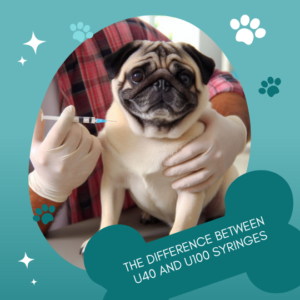Road Tripping With A Diabetic Dog
Are you planning a road trip with your diabetic dog? Having the right gear and a plan keeps the stress out of traveling. What to Pack Packing for a diabetic dog reminds me of packing for my children — have everything you might need easily accessible just in case. I recommend you make a checklist … Read more









